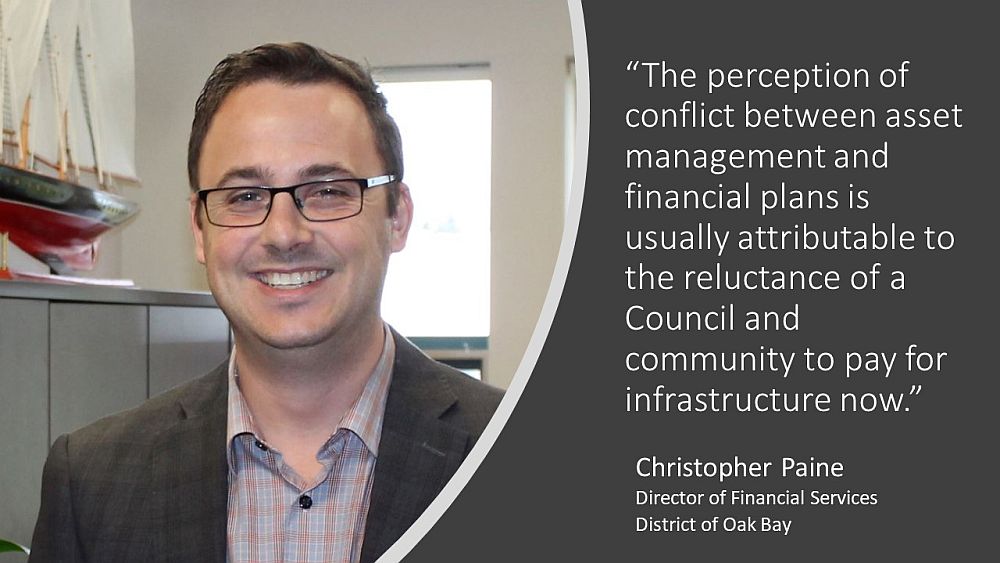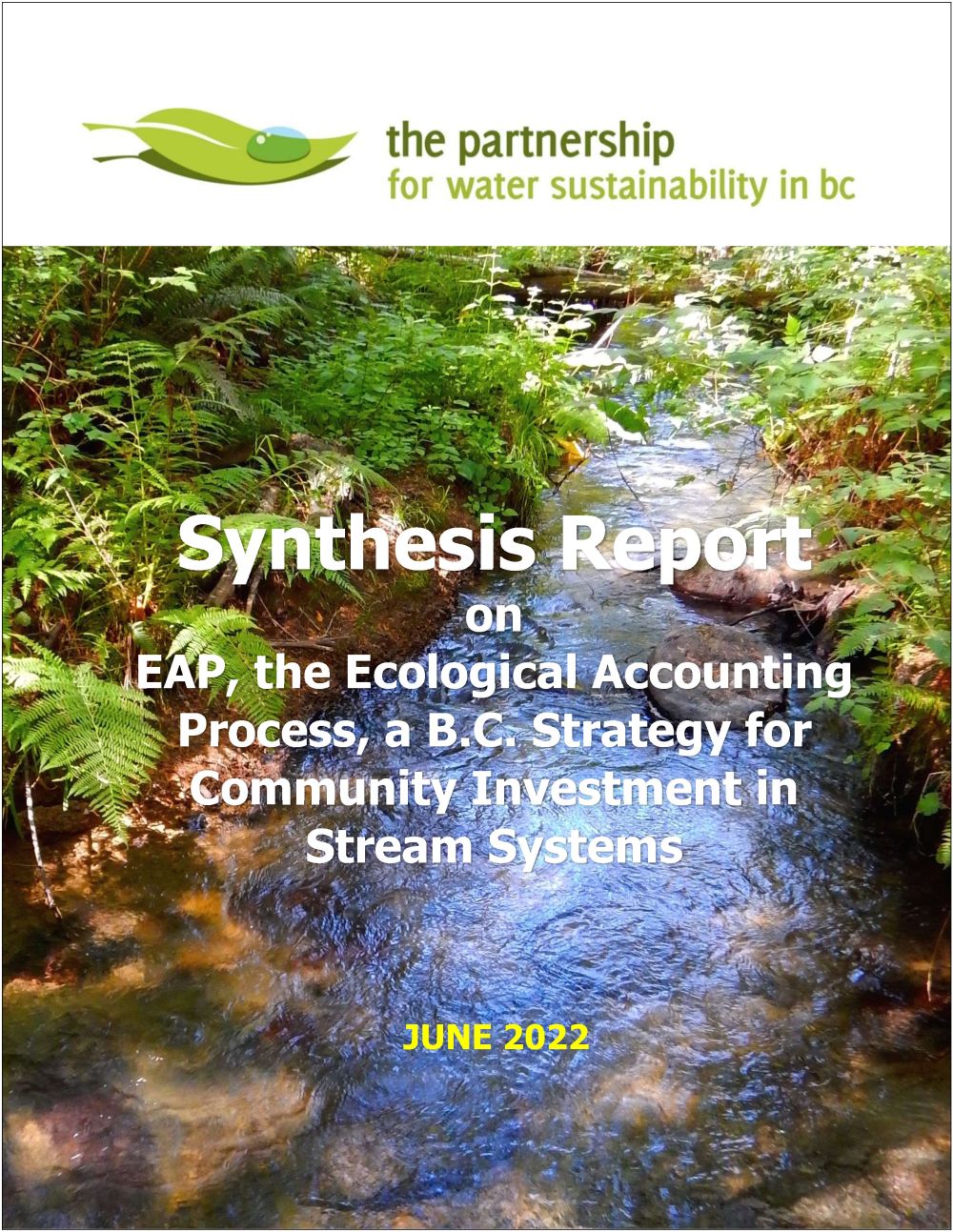ASSET MANAGEMENT FOR SUSTAINABLE DRAINAGE SERVICE DELIVERY: “The BC Framework points the way to integration of natural systems and climate change thinking into asset management,” stated stated Liam Edwards, a former Executive Director with BC Ministry of Municipal Affairs, in 2015
Note to Reader:
Three landmark initiatives came to fruition in 2014. These initiatives enable local governments to achieve the vision for “Sustainable Watershed Systems, through Asset Management” as described in Beyond the Guidebook 2015.
WHAT – The ‘Water Sustainability Act’ connects land and water and makes the link to desired water balance outcomes (that would be achieved by integrating watershed systems thinking into asset management).
SO WHAT – ‘Develop with Care 2014’ makes the link between environmental function and resilience as communities grow.
THEN WHAT – ‘Asset Management for Sustainable Service Delivery: A BC Framework’ makes the link between local government services, the infrastructure that supports the delivery of those services, and watershed health.

The 4Cs for Sustainable Service Delivery: Collaboration, Capacity, Culture, and Council
“It takes courage on the part of a Council or Regional Board members to look beyond the short-term, understand what sustainable funding entails over the long-term, and direct staff to get on with the job,” stated Christopher Paine, Director of Financial Services, District of Oak Bay.
“Unless there is an inter-generational financial vision for sustainable funding, combined with a supporting culture, an incremental erosion of the service levels for constructed assets would inevitably result. This is the local government reality-check for integration of stream systems into asset management strategies and annual budgets,” added Kim Stephens, Executive Director, Partnership for Water Sustainability in BC.

Timeline Context for EAP
“Building on the science-informed foundation in Stormwater Planning: A Guidebook for British Columba, the Beyond the Guidebook Series documents the progress of local government leaders in implementing changes in practice. The timeline image (below) highlights milestones along the way. Beyond the Guidebook titles reflect incremental progress over time,” explained Kim Stephens.
“The timeline image provides historical perspective for a building blocks process that began in 1992 with publication of guidelines for Liquid Waste Management Plans and continues with EAP.”

Reconnecting Hydrology and Stream Ecology
“Beyond the Guidebook 2015 introduced EAP as an idea with this statement of intent: EAP will address the challenge of determining financial values for goods and services drawn from natural systems. The Partnership made this commitment to support of the rollout of Asset Management for Sustainable Service Delivery: A BC Framework.”
To Learn More:
To read the complete story about EAP, download a copy of Ecological Accounting Process, A B.C. Strategy for Community Investment in Stream Systems (2022) – the Synthesis Report is a distillation of over 1000 pages of case study documentation into a storyline that is conversational and written for a continuum of audiences that includes land use practitioners, asset managers, stream stewards, and local government decision-makers.


